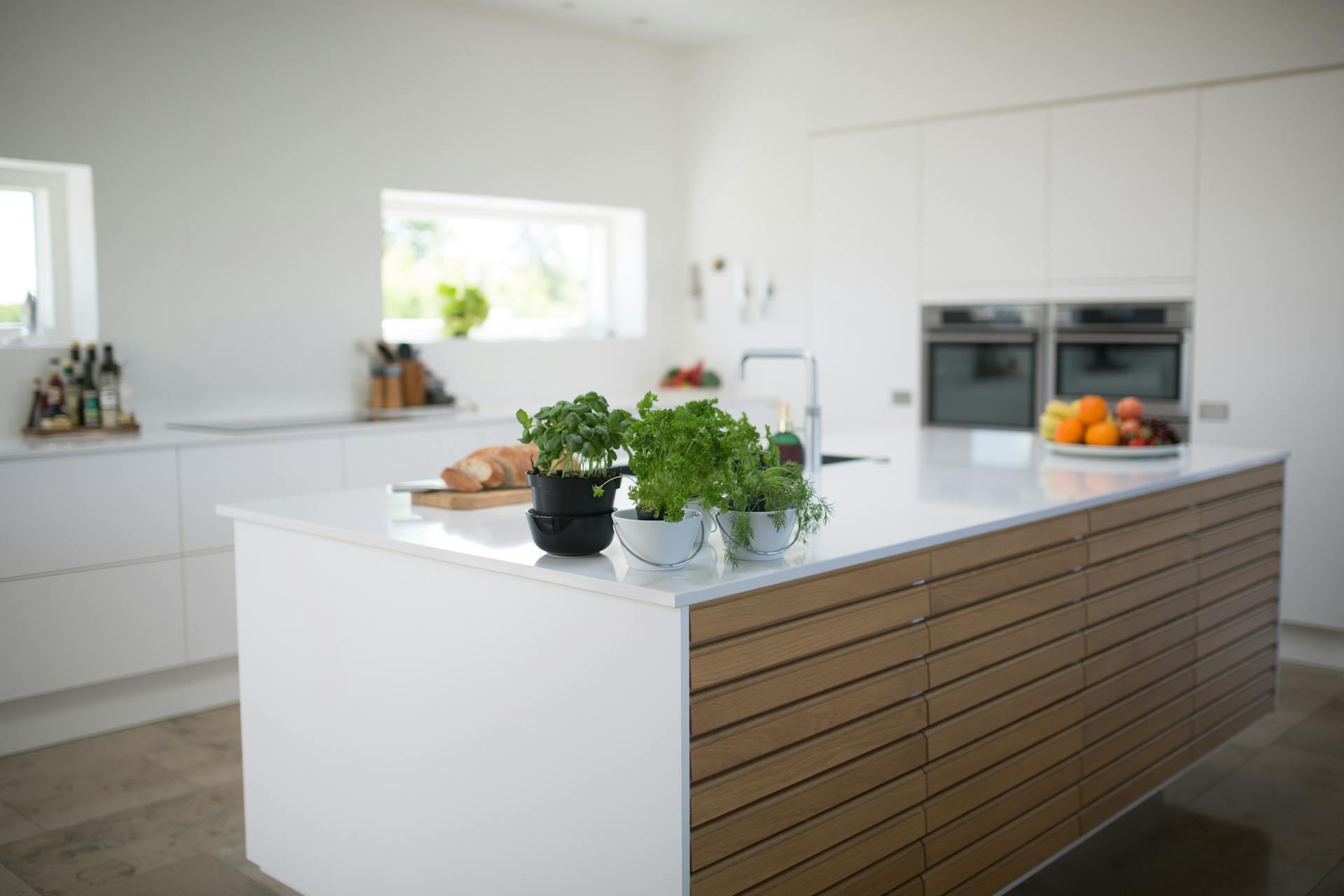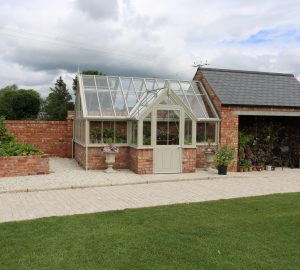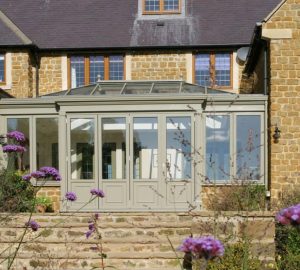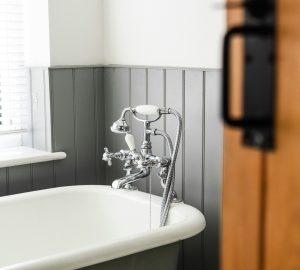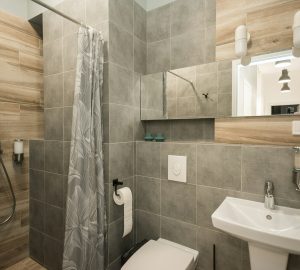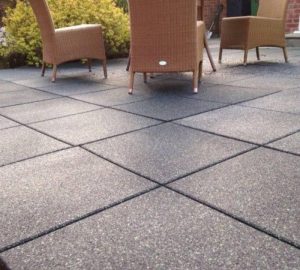Remodelling a kitchen is one of the most impactful home improvement projects a homeowner can undertake.
Not only does it transform one of the most used spaces in your home, but it can also significantly increase your property’s value.
However, kitchen remodelling is a complex and often expensive endeavour, with many decisions to make along the way. Understanding where your money will go during a kitchen renovation is crucial to making informed decisions and staying within your budget.
What is a Kitchen Remodel?
A kitchen remodel, also known as a kitchen renovation, involves updating or completely overhauling the design, layout, and functionality of your kitchen. This could include anything from kitchen worktop replacement and cabinetry updates to installing new appliances, upgrading the flooring, or even reconfiguring the room’s entire layout.
Depending on the scope of your project, a kitchen remodel can be as simple as refreshing your cabinetry with a coat of paint or as extensive as tearing down walls to create an open-plan living space.
Whether you’re aiming to create a more functional space for your family, update an outdated kitchen, or add value to your home before selling, a kitchen remodel can be tailored to suit your specific needs and budget.
However, the scale of the renovation will largely determine the overall cost, with some elements of the remodel being significantly more expensive than others.
What’s the Most Expensive Part of a Kitchen Remodel?
When it comes to kitchen remodelling, the biggest expense is often the cabinetry. In fact, it’s not uncommon for cabinets to account for around 25% to 35% of the total kitchen renovation budget. This is because cabinets are not only functional—providing essential storage space—but they also play a major role in the overall aesthetic of the kitchen.
Custom cabinets, which are built to fit your kitchen’s specific dimensions and style preferences, can be particularly costly due to the bespoke design, high-quality materials, and skilled labour required.
Cabinets are available in a range of materials and finishes, from solid wood and wood veneer to laminate and MDF (medium-density fibreboard). The choice of material will significantly impact the cost, with solid wood being the most expensive option. Additionally, if you opt for custom or semi-custom cabinets, you’ll pay a premium for features like soft-close drawers, pull-out shelves, and other bespoke details that enhance functionality and luxury.
What is the Most Expensive Thing in the Kitchen?
While cabinetry often takes the largest share of your budget, appliances are another significant expense, especially if you’re aiming for a modern, high-end kitchen. In today’s kitchens, appliances do more than just cook and clean; they are integral to the kitchen’s design and functionality.
From smart refrigerators and induction hobs to built-in ovens and wine coolers, the cost of appliances can quickly add up, especially if you choose top-of-the-line brands.
For instance, a luxury refrigerator from a high-end brand could easily cost several thousand pounds, and when you add in a professional-grade range cooker, built-in microwave, dishwasher, and other appliances, the total can become quite substantial.
However, it’s important to balance your desire for premium appliances with your overall budget. While it’s tempting to go for the latest and greatest, carefully consider which features are essential for your needs.
What is the Most Expensive Part of a Home Renovation?
Beyond the kitchen, the most expensive part of any home renovation project typically involves structural changes. This includes knocking down walls, adding extensions, or relocating plumbing and electrical systems. In the context of a kitchen remodel, structural changes can drastically increase costs.
For example, if you decide to remove a load-bearing wall to create an open-plan kitchen diner, this will require additional engineering work, steel beams, and possibly even planning permission, all of which add to the expense.
Similarly, moving the sink, oven, or any other major appliances will involve rerouting plumbing and electrical wiring, which requires specialised labour and materials. In older homes, these changes can also uncover hidden issues, such as outdated wiring or plumbing that need to be brought up to current standards, further escalating the costs.
How to Manage Kitchen Remodelling Costs
Understanding the biggest expenses in a kitchen remodel is the first step towards effective budgeting. Here are some strategies to help you manage your costs without compromising on quality…
Prioritise Your Spending
Identify what’s most important to you in your new kitchen. If high-quality cabinets are a must, consider economising on other elements like flooring or lighting. Conversely, if cutting-edge appliances are your priority, you might opt for more budget-friendly cabinets.
Shop Smart for Appliances
Appliances can be a major cost, but there are ways to save. Look for deals during sales events, such as Boxing Day or bank holidays, and consider energy-efficient models, which might have a higher upfront cost but can save you money on utility bills in the long run. Also, think about what features are truly necessary—do you really need a smart fridge with a built-in television, or would a high-quality, no-frills model suffice?
Avoid Major Structural Changes
If possible, try to keep the existing layout of your kitchen. Moving plumbing, gas lines, or electrical outlets can significantly increase the cost of your remodel. By working within your kitchen’s current footprint, you can save on both materials and labour.
A kitchen remodel is a major investment, but it can also be one of the most rewarding home improvement projects you’ll ever undertake.
By understanding where the biggest expenses lie—such as cabinetry, appliances, and potential structural changes—you can make informed decisions that align with your budget and your vision for your new kitchen. Remember to prioritise what matters most to you, whether it’s creating a beautiful, functional space for your family or adding value to your home.
With careful planning and smart choices, you can achieve a kitchen that meets your needs and enhances your lifestyle, all while staying within your financial means.
